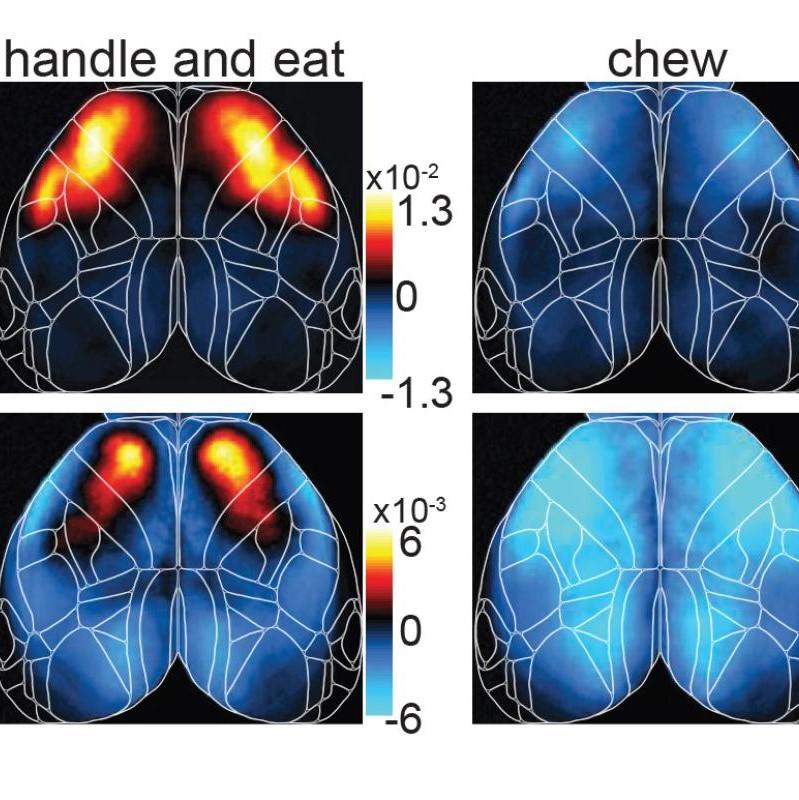
As Dan Vahaba writes on the Duke Research & Innovation blog, "Brain cells come in many varieties, but little is known about the unique role each type plays in helping us sense our world and move about. A new study from the Josh Huang lab in neurobiology used a clever genetic tweak to make neurons light-up when activated. The researchers could then watch in real-time how a mouse’s brain activity changed while it ate food off a conveyor belt, had its whiskers tickled, and more. The findings, published Jan. 23 in Nature Neuroscience, reveal how perception and movement are coordinated by two different brain cells in the cortex." Read the full Nature Neuroscience article.